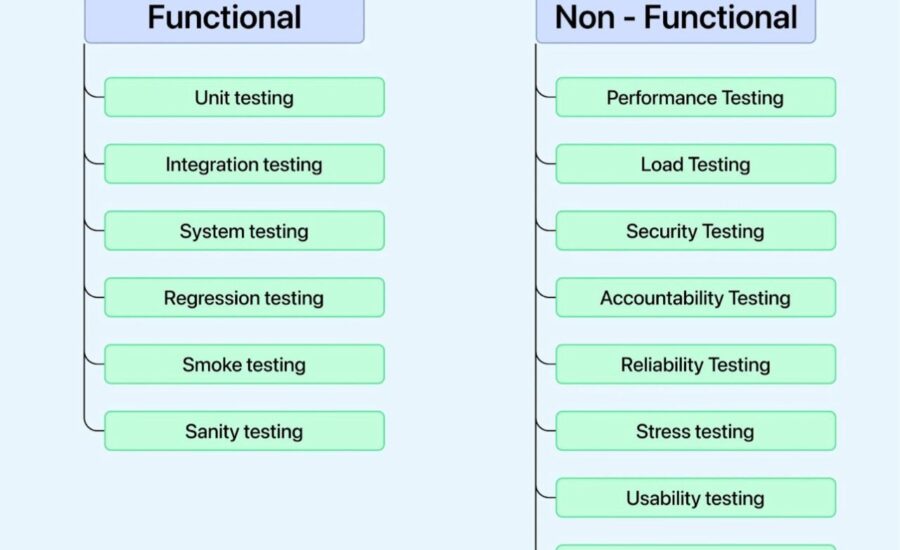Retrieval augmented generation, or RAG, is an architectural approach that can improve the efficacy of large language model (LLM) applications by leveraging custom data. This is done by retrieving data/documents relevant to a question or task and providing
- Home
- Uncategorized
Scalability for Healthcare In today's dynamic healthcare environment, the ability to adapt and grow is essential. Hyperleap Future Technologies recognizes this need and offers healthcare organizations a solution: cloud computing for enhanced scalability. As patient data volumes
Exploring Backend as a Service (BaaS) Platforms: Firebase vs. Supabase vs. AWS Amplify In today's fast-paced development landscape, Backend as a Service (BaaS) platforms are gaining traction for their ability to streamline the app development process. These
Almost every day of our lives, we collect, send, analyze and consume data as they are important. Data aren’t appealing and sometimes do not make sense when being looked at, but presenting them in an appealing form,
Introduction In the realm of agile development, sprint goals serve as the compass guiding teams toward the completion of a project. However, the true measure of success lies not just in meeting these goals but in transforming
Software testing is essential in development for efficiency and reliability. Let's explore the types briefly! 👇🎯 Functional Testing: Ensures features meet user expectations consistently. 🛠️✅ Unit Testing: Checks individual code units for proper function. 🔧✅ Integration Testing:
Quick Preview ChatGPT, the seasoned pro, boasts a massive 570 GB of training data, offering three distinct performance modes and reduced harmful content risk. Enter Llama 2, the new kid on the block, trained by Meta AI
Hey Java developers! Are you ready to take your projects to the next level? 🎉 Let's dive into the world of API Gateways and discover how they can revolutionize your development process! 💡 🔗 What is an
Python plays a central role in artificial intelligence (AI) due to several factors: Ease of Use: Python's simple and easy-to-read syntax makes it an ideal language for beginners and experts alike. This accessibility lowers the barrier to
Large Language Models (LLMs) caused a huge stir in the creative circles when they were able to generate images, text and code. Initially the results were quite hilarious with drawings of people with messed up hands, hallucinating incorrect







